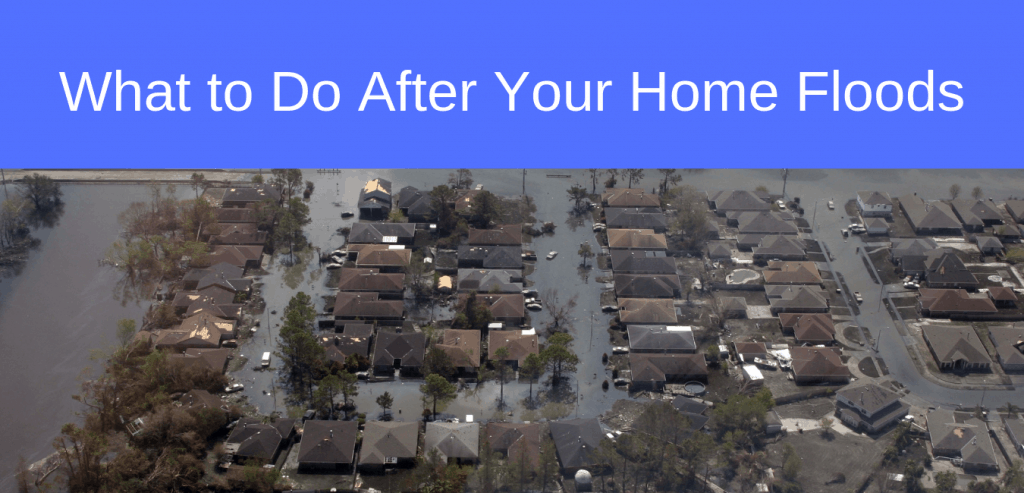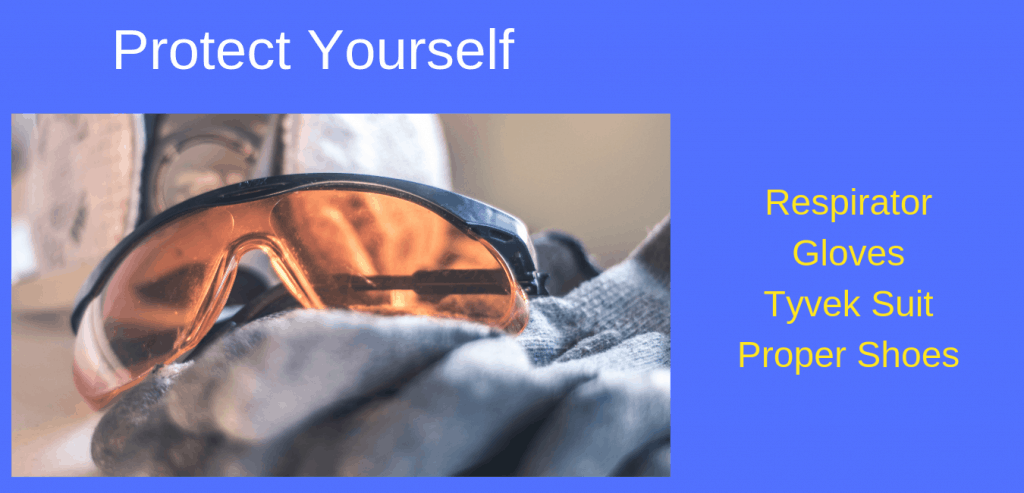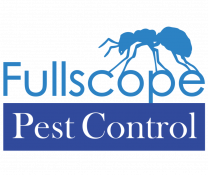What to Do After a Flood

Approach Your Home With Care
When returning to your home be sure to avoid additional risks. Check for any structure damage such as warping, cracked foundation or holes before you enter your home. Inspect your water, gas and electrical lines. One of your first steps should be to turn off all water and electrical sources in the home.
Take Pictures

Fully document your damage before you remove any water or begin repairs. Photos are necessary for insurance claims.
Protect Yourself

Flood water is often contaminated by sewage and household chemicals. Wear personal safety equipment including waders or high water proof boots. When clearing damaged homes wear rubber gloves and masks. Throw out any food that may have come into contact with flood waters.
Contact Your Insurance Company
Contact your insurance agency as soon as possible. Even if you are not covered by flood insurance your agent will likely try and help as much as possible. Speak with your agent about any immediate repairs you plan. Follow your company’s policies on whether or not to start repairs before an adjuster is able to inspect the property.
And once again, TAKE PICTURES.
As well, if you are in a government declared “disaster area” you may have additional financial assistance from FEMA. Your insurance company should have additional information on this.
We are also providing services in :Termite Control Options
Remove Water
If you still have standing water in your home (and your insurer OKs it) use a sump pump to remove excess water from your home. Sump pumps are available from $150 to $500 from most hardware stores. As well fans and wet vacs can help remove water from your home. Open doors and windows to allow in fresh air.
Reduce Mold Damage
This is one of the most important steps in keeping your home livable. Mold can develop as soon as 24 hours following a flood. Remove wet sheetrock, carpet and bedding as soon as possible. If an item has been wet less than 48 hours it may be salvageable. Belongings should be removed from the house and deep cleaned. Reach out to a friend or family member with a working dishwasher or washing machine for quick cleaning. Make sure to notify your insurance company before removing items. And once again TAKE PHOTOGRAPHS.
Large pieces of furniture such as couches are difficult to dry effectively and should be discarded. Rugs may be dried and cleaned professionally. This usually costs $100 or more depending on size of the rug.
Control Mold Growth
A chemical such as Bora-Care should be used immediately to stop mold growth. Bora-Care is used on all new construction and should be repeated on water damaged homes.
Bora-Care and Mold-Care should be applied to all affected structural wood once dried. These products not only prevent mold but also kill existing mold. You can call most pest control companies to apply it.
Free Store and Flood Damage Guide
FullScope Pest Control in Kingwood, Texas has the products for mold prevention in stock and are trained in its usage. Call or Text 832.898.0190
Here is a great guide for Flood Damage and Protecting Yourself from Mold and Mildew
Secure Your Home
Place boards over broken windows and cover any roof damage with a secure tarp (take photographs before covering). Beware of looting that may be done. Keep valuables hidden or have a friend or family member hold them while your house is being repaired. If your home is habitable make sure and avoid staying in flooded rooms due to possible mold and mildew. Have flashlights handy.
If you can not stay in your home find an alternate location. Consult your insurance company for possible financial and provisional help with temporary housing.
We Are Here to Help!
Your safety is most important to us. If you have anymore questions or concerns reach out to us at Full Scope Pest Control. Call or email us at 832-898-0190 or [email protected]


